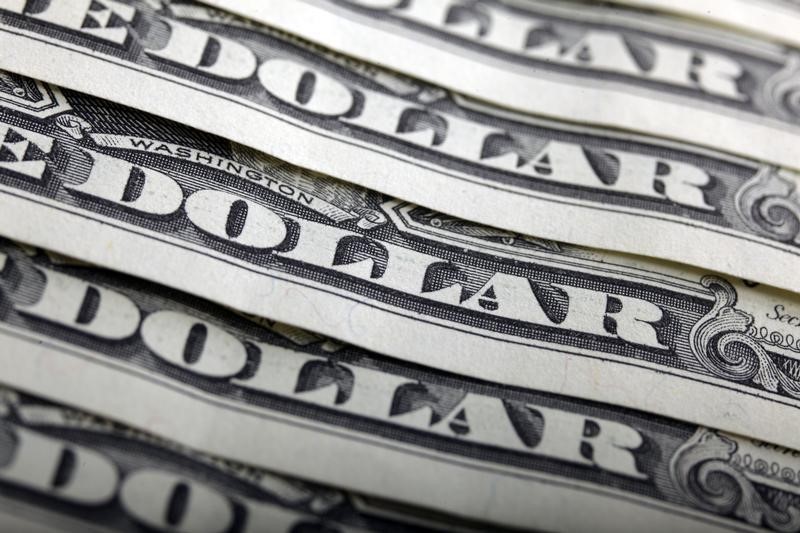LONDON – The British pound experienced a notable surge earlier this week, reaching a two-month high against the weakening US dollar, only to see some of those gains diminish in subsequent days. The initial rally was prompted by a softer-than-expected US inflation report, which sent the pound soaring by 1.8%. However, as of today, the currency has given up nearly half of its gains, trading down by 0.11% at 1.2401.
The pound’s performance comes amid a broader context of economic indicators and market movements. On Wednesday, the Bank of England reported a significant drop in UK inflation to 4.6%, marking the lowest level since October 2021 and coming in below the anticipated 4.8%. Despite this positive news, the Bank emphasized that the fight against inflation is ongoing.
In contrast, the US economy showed signs of cooling, with a substantial decline in producer prices by 0.5% in October – the largest drop since April 2020 – driven by falling gasoline prices. This was accompanied by an end to six months of retail sales growth, indicating a dip of 0.1%.
Looking ahead to Friday’s projected report, UK retail sales for September showed a -0.9% drop due to unusually warm weather and consumer economic pessimism; however, they are forecasted to rebound with growth of 0.3% in October.
In technical terms, the pair is currently testing support at 1.2374, with additional support at 1.2312 and resistance levels at 1.2476 and 1.2522. Following the rally to 1.2449 and a minor pullback, analysts attribute the pair’s position to the Dollar Index crash and consequent USD weakness.
Unfavorable US economic data released today contributed to the USD’s slide, with Unemployment Claims reaching 231K against an expected 221K, Industrial Production declining by 0.6% versus a forecasted drop of 0.4%, and Capacity Utilization Rate at 78.9% compared to the predicted rate of 79.4%.
The GBP/USD pair concluded its correction at the Fibonacci retracement level of 38.2% (1.2383) and broke out from a bullish flag pattern. It has now surpassed the 23.6% retracement level (1.2429), challenging the former high of 1.2452. A move beyond this level could present a buying opportunity for traders, and surpassing the psychological threshold of 1.2500 might signal further upward momentum for the pound.
This article was generated with the support of AI and reviewed by an editor. For more information see our T&C.
Read the full article here










